Geological exploration weekend: "stepping on pieces of the Earth's interior".🌋🧭
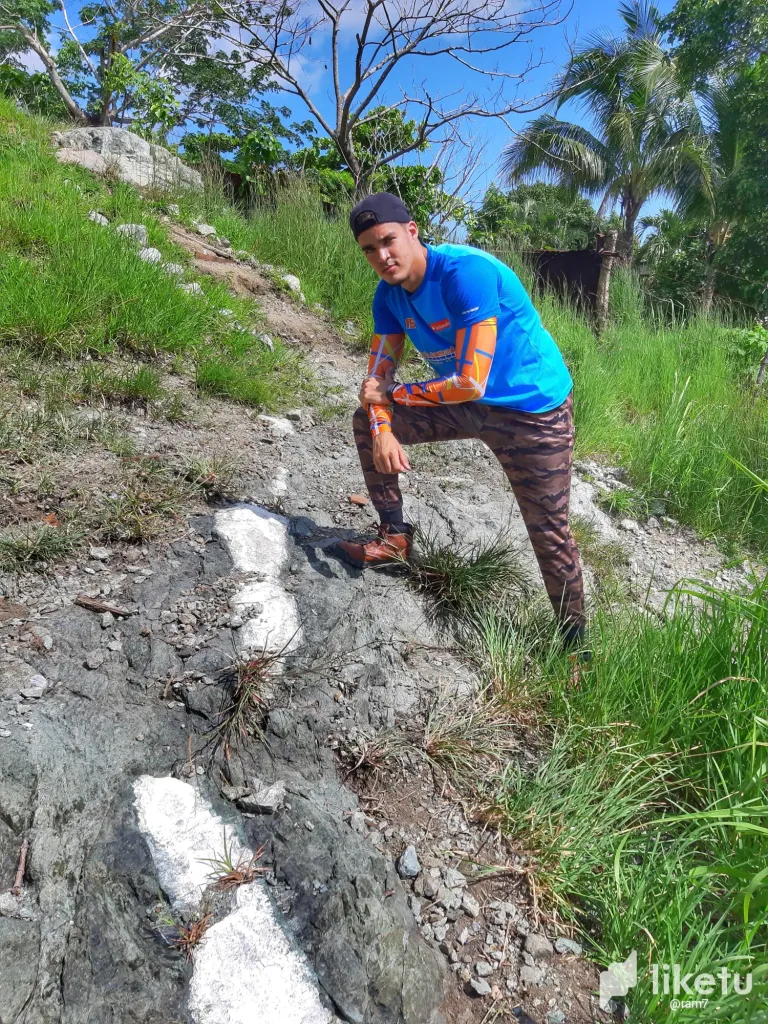
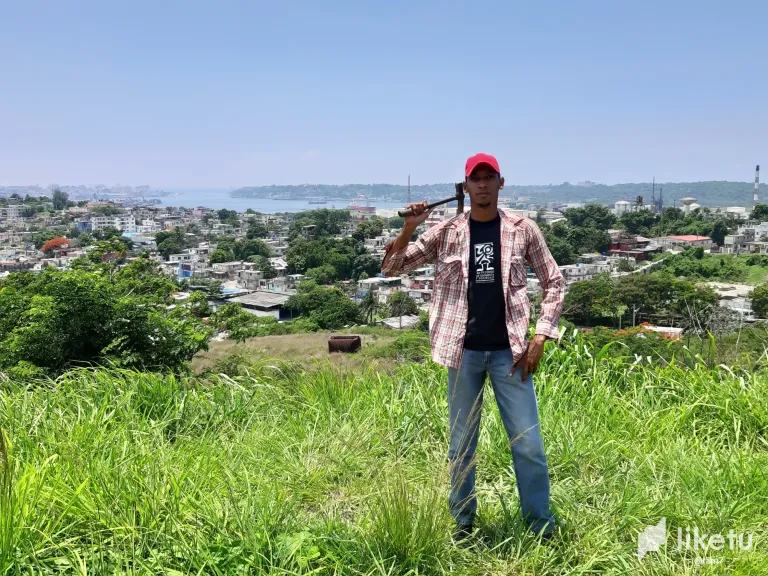

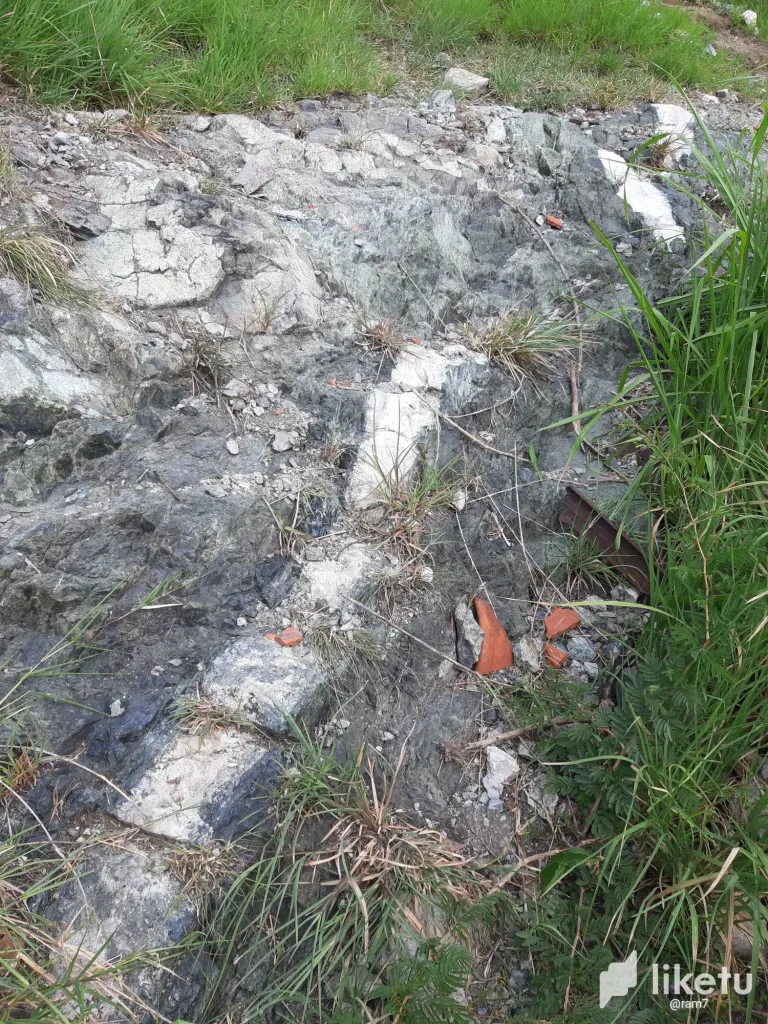
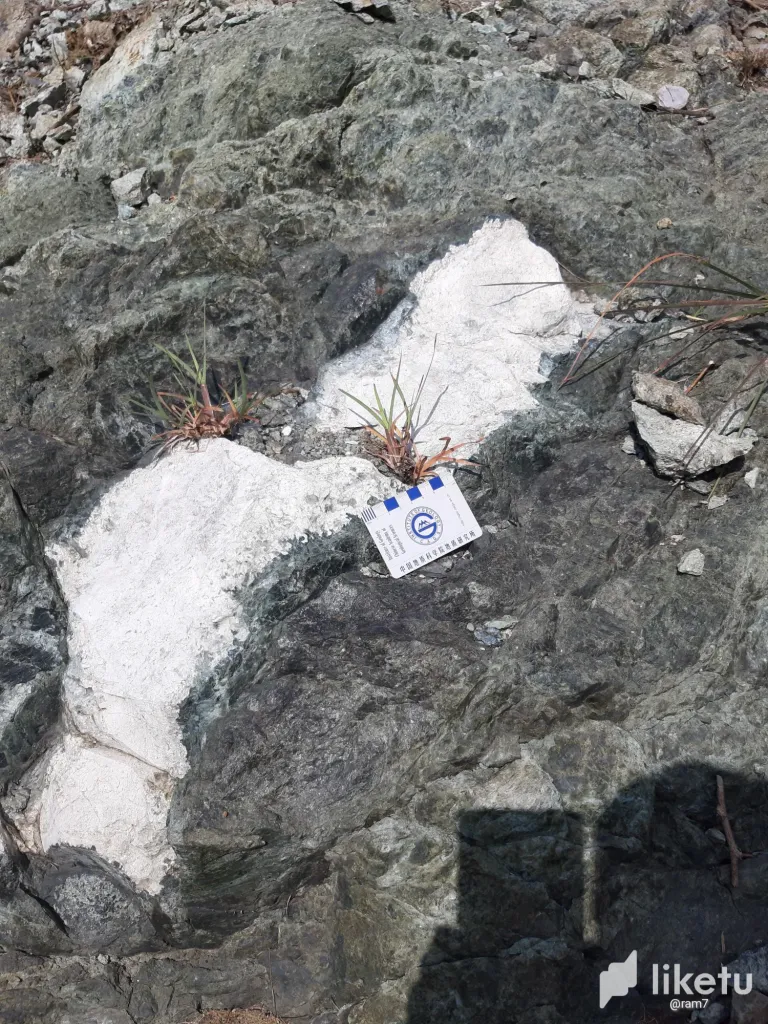
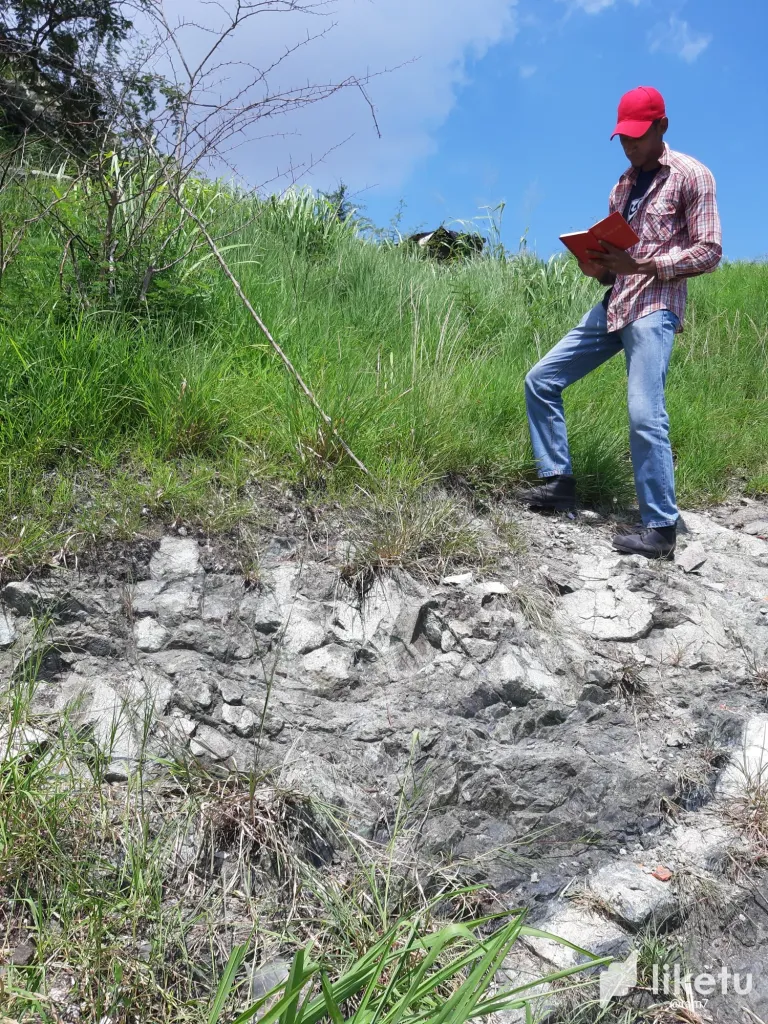


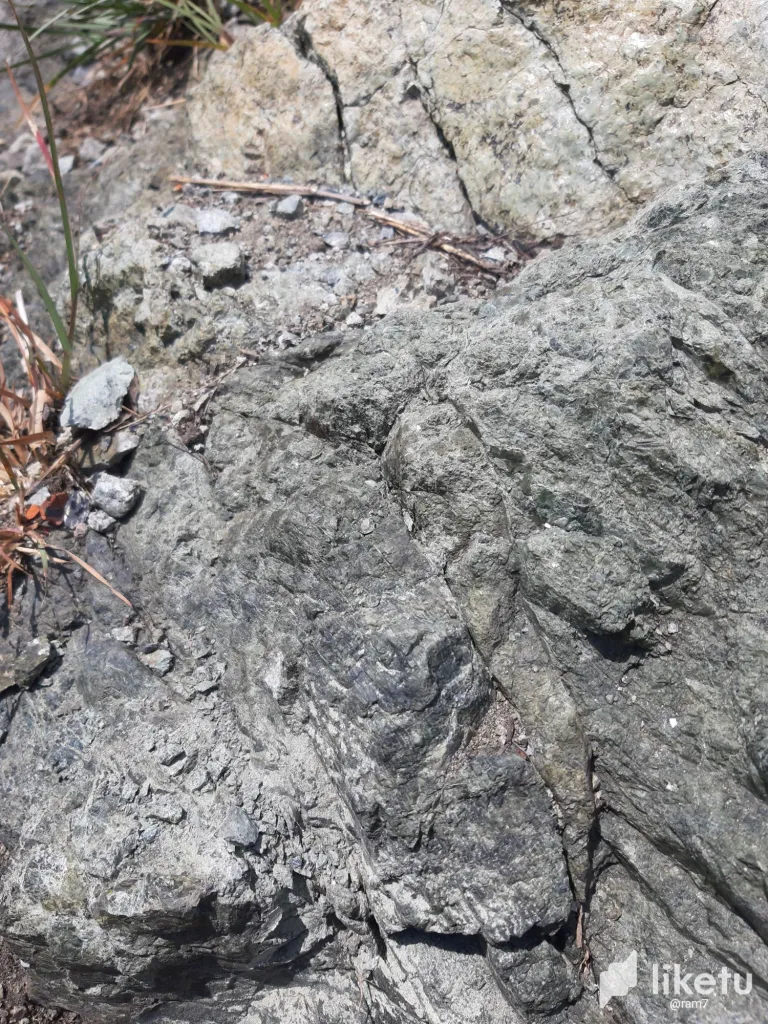
Some time ago on a saturday, together with my friend and colleague in geological sciences @reneyasmany I went to explore the grounds of Guanabacoa in Havana, as a hobby and in search of something new to discover.
On our hike we arrived near the foot of a well-known elevation called Loma de la Cruz, and to our surprise, close to us there was a very striking outcrop of white rock in the shape of a dike between dark rocks. As we approached we could see that it was a dyke of Rodingite, a very interesting rock that was first studied in the Roding region of Germany.
This type of rock is very impressive for its hardness and for its formation and origin, since it is formed in the depths of the earth's oceanic crust below the surface, at very high temperatures, from transformation processes that take place in the rocks of the lower limit of the oceanic crust, near the transition with the earth's mantle, and appear as dykes between the even deeper rocks of the earth's mantle itself, darker in color. These rocks were subsequently brought to the surface by tectonic events that occurred in the past in areas of ancient volcanic arcs that collided with the former parts of the oceanic lithosphere and now form these terrains in Cuba.
This was a great experience for us since we were able to observe a little known outcrop of this type of rocks that will serve to study and document information for the maps of the Geological Service of Cuba. But also, it was very impressive for us to think that we were literally stepping on pieces of the ancient interior of the Earth, which told us about its origin and provenance.

All images are my own, captured with the camera of my Samsung Galaxy A7 cell phone.
Translated at DeepL
Link
For the best experience view this post on Liketu
Thanks for your contribution to the STEMsocial community. Feel free to join us on discord to get to know the rest of us!
Please consider delegating to the @stemsocial account (85% of the curation rewards are returned).
You may also include @stemsocial as a beneficiary of the rewards of this post to get a stronger support.
Thank you very much!!!
good work
Thank you😊